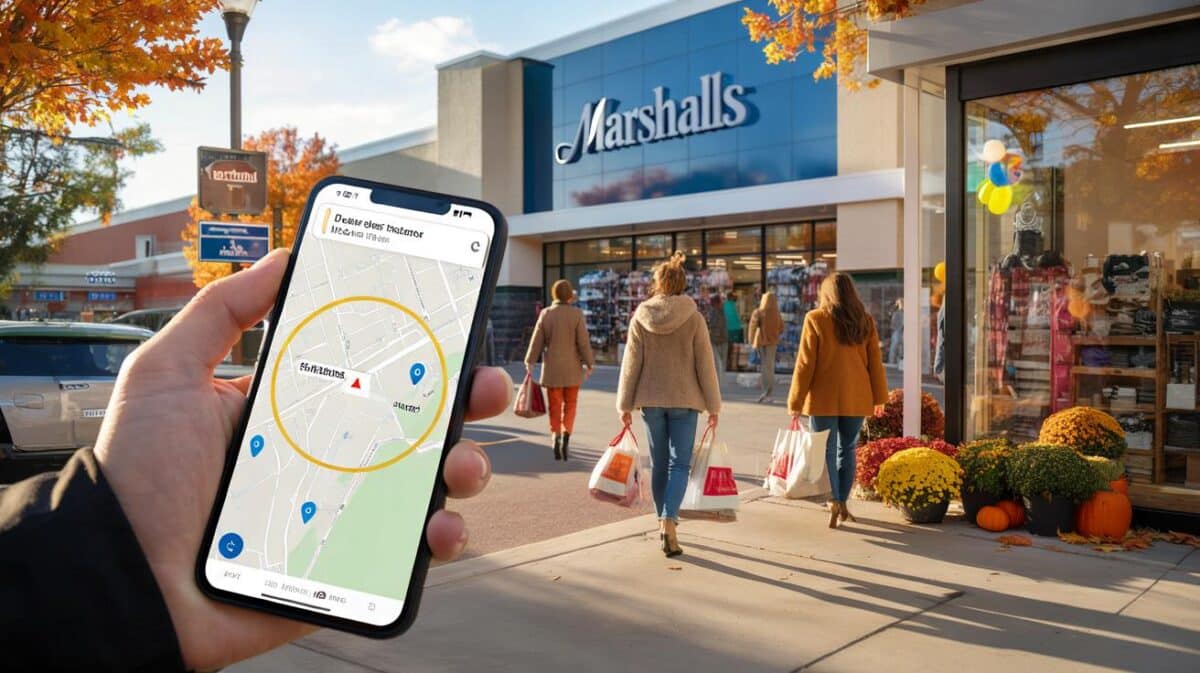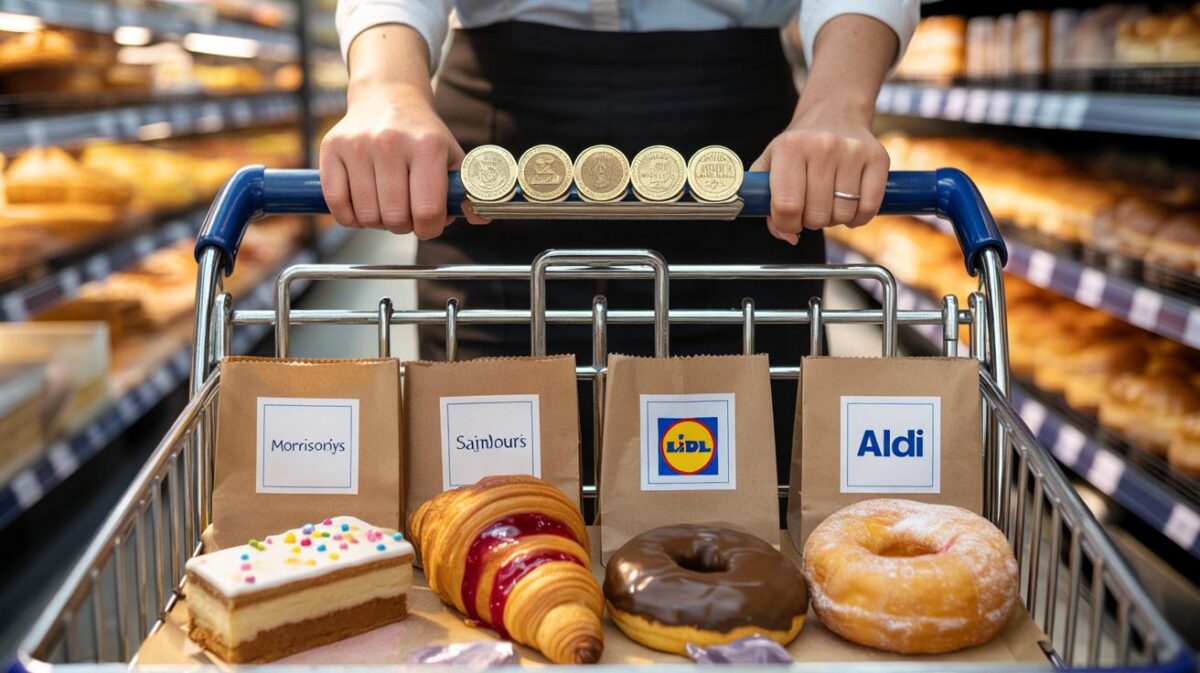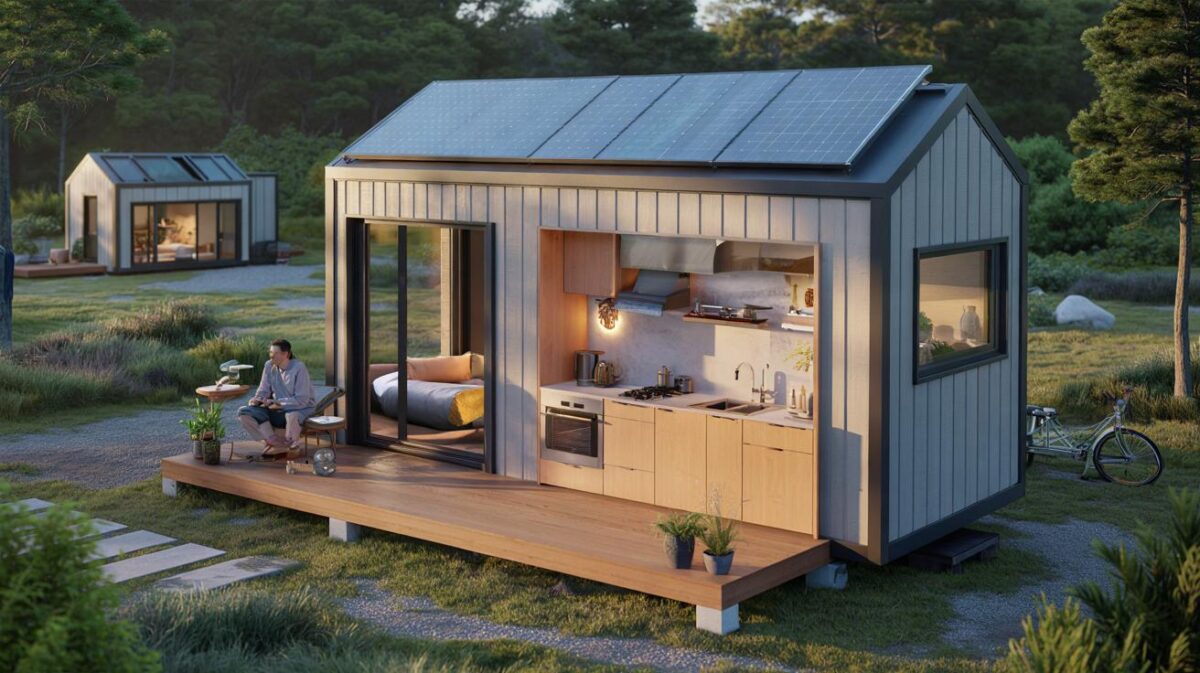The other taps a screen and scrolls past it all.
Across Britain and the US, shopping habits now reveal deeper divides than taste alone. Boomers value touch, routine and service. Gen Z prizes speed, values and aesthetics. That split is reshaping which shops win footfall, and which become ghost signs of retail’s past.
Why the generational split matters
Shops signal identity. For many boomers, a department store escalator or a glittering jewellery counter still suggests trust, ritual and life milestones. Gen Z seeks fewer steps, cleaner journeys and alignment with personal beliefs. When brands miss those cues, younger shoppers switch without sentiment.
Older shoppers browse for comfort and certainty. Younger shoppers click for purpose and pace.
These differences don’t just live online. They change high-street leases, store sizes, product ranges and the very smell of a shop floor. Price plays a part, yet values and friction now decide who walks in.
The 10 shops splitting generations
Department stores feel like a chore
Macy’s and JCPenney sit at the heart of boomer nostalgia: one-stop floors of fashion, gifts and cosmetics, with store cards and seasonal sales. Gen Z sees dense racks, confusing signage and too many choices that fail to speak to them. Curation beats abundance; a strong brand story beats a sea of labels.
Sears shows the cost of standing still
Sears once sold the American dream by catalogue and wide-aisle certainty. Today, its lighting, layout and brand image read as yesterday’s news to younger eyes. Gen Z orders a washer from a brand site and a laptop from Apple, then tracks delivery in-app. Wandering aisles now feels like drift, not discovery.
Jewellery chains struggle against authenticity
Kay Jewelers and Zales still serve boomer rituals—anniversaries, engagements, milestone gifts—in person, with warranties explained at the counter. Gen Z questions mall markups, prefers lab-grown stones, and buys from small designers or ethical brands. The romance hasn’t gone; it has moved to transparency and origin.
Payless lost the trainer culture shift
Payless ShoeSource built its name on family practicality. Younger shoppers turned trainers into culture, status and sustainability signals. They save for Veja, Converse or Allbirds, or hunt limited drops. A shop that sells everything to everyone now looks like it sells personality to no one.
Pier 1 looked global, then dated
Boomers loved Pier 1 Imports for bamboo, mosaics and a living-room passport. Gen Z spots staged “worldly” décor and seeks the real thing—vintage, upcycled, or handmade pieces from small sellers. Authenticity beats exoticism; patina beats pattern.
Bed Bath & Beyond overwhelmed the minimalists
Blue coupons and endless aisles once promised delight and deals. For Gen Z, 50 toasters signal decision fatigue. Reviews and influencers now pre-filter choices, and direct-to-consumer brands ship exactly what they expect. Efficiency signals luxury; clutter signals chaos.
In the new retail maths, fewer options plus clearer stories equals higher conversion.
Dillard’s keeps its polish as styles relax
Dillard’s delivers occasionwear, measured tailoring and well-lit counters. Gen Z dresses down, mixes vintage with streetwear and values comfort and fabric credentials. Formal rails and piped music feel out of step with a daily wardrobe built for spontaneity and signal.
Hobby Lobby meets values head-on
Boomers stroll for wreaths, frames and craft joy. Gen Z designs on screens, buys handmade from micro-creators and often avoids the chain due to its political controversies. Creativity now lives in Procreate files, not just in aisles of faux florals.
Talbots fits neatly as styles loosen
Talbots offers consistent sizing and preppy polish. Gen Z leans gender-fluid, playful and remixable. Matching cardigans read as a uniform; younger shoppers want garments that tell their story, not the brand’s dress code.
Office supply chains can’t outrun the cloud
Staples and Office Depot speak to the pleasure of fresh stationery and tidy desks. Gen Z lives in shared docs and calendar apps. Printer paper feels like clutter, not progress; organisation happens on a homescreen, not on a shelf.
What each generation tends to value
| Shopping driver | Boomers | Gen Z |
|---|---|---|
| Channel | In-store for service and certainty | Mobile-first with in-app fulfilment |
| Choice | Broad assortment and backup options | Curated picks and clear edits |
| Trust | Longevity, warranties, salespeople | Transparency, peer reviews, creators |
| Values | Reliability and value for money | Sustainability, identity, brand ethics |
| Speed | Happy to browse and compare | Fast checkout and tracked delivery |
Are you paying for nostalgia?
Love a weekend wander? That habit may cost more than you realise—extra travel, impulse buys, and duplicate items you don’t need. Gen Z’s leaner approach, from wishlists to price alerts, trims waste without killing joy.
- Plan one “mission” per visit and stick to a shortlist.
- Check a brand’s site for price matching before you queue.
- Use reviews and creator demos to cut returns.
- Swap big-box décor for local vintage or upcycled finds.
- Ask about care, repair and parts—keeping goods longer saves cash.
A simple shift to pre‑planned purchases can trim household retail spend by hundreds per year.
A quick back‑of‑the‑envelope test: if two unplanned shop trips a month add £12 in transport and snacks, and in‑store browsing nudges one extra £1.50 item per visit, that’s roughly £12 × 12 + £1.50 × 24 = £288 + £36 = £324 a year. Cut a couple of those impulses with a list, and the headline £312 vanishes fast.
What struggling chains can still do
Some of these names will fade. Others can adapt. The playbook is clear: shrink floor space, elevate curation, and merge store perks with app‑native journeys. A thoughtful refresh can draw younger shoppers without alienating loyal customers.
- Curate: fewer SKUs, stronger edits, clearer stories per category.
- Prove values: materials, sourcing, repair and resale pathways.
- Blend service: appointments, QR sizing, ship‑from‑store speed.
- Empower staff: creators on the shop floor, not just cashiers.
- Design for pace: wayfinding, lighting and sound that calm the browse.
A wider shift behind the tills
Retail no longer wins by being everything to everyone. It wins by being unmistakable to someone. Boomers still cherish the ritual of the visit; Gen Z wants the story, the stance and the swift checkout. The shops that bridge that gap—by trimming clutter, proving ethics and making every step obvious—will keep both generations spending, not just remembering.









Is that £312 figure legit, or just back-of-the-envelope scare math?
As a millennial inbetween, I still love touching fabrics at Dillard’s but order sneakers online. The curation point is spot on; 50 toasters at Bed Bath & Beyond used to give me decision fatiuge. Any data showing smaller footprints boost conversion across ages, or mostly anecdote? Also curiuos how much of Gen Z’s values survive a 20% off sale.